Pink noise can help you sleep better, say experts — but what is it?
We asked experts how the gentle tones of pink noise can help you sleep
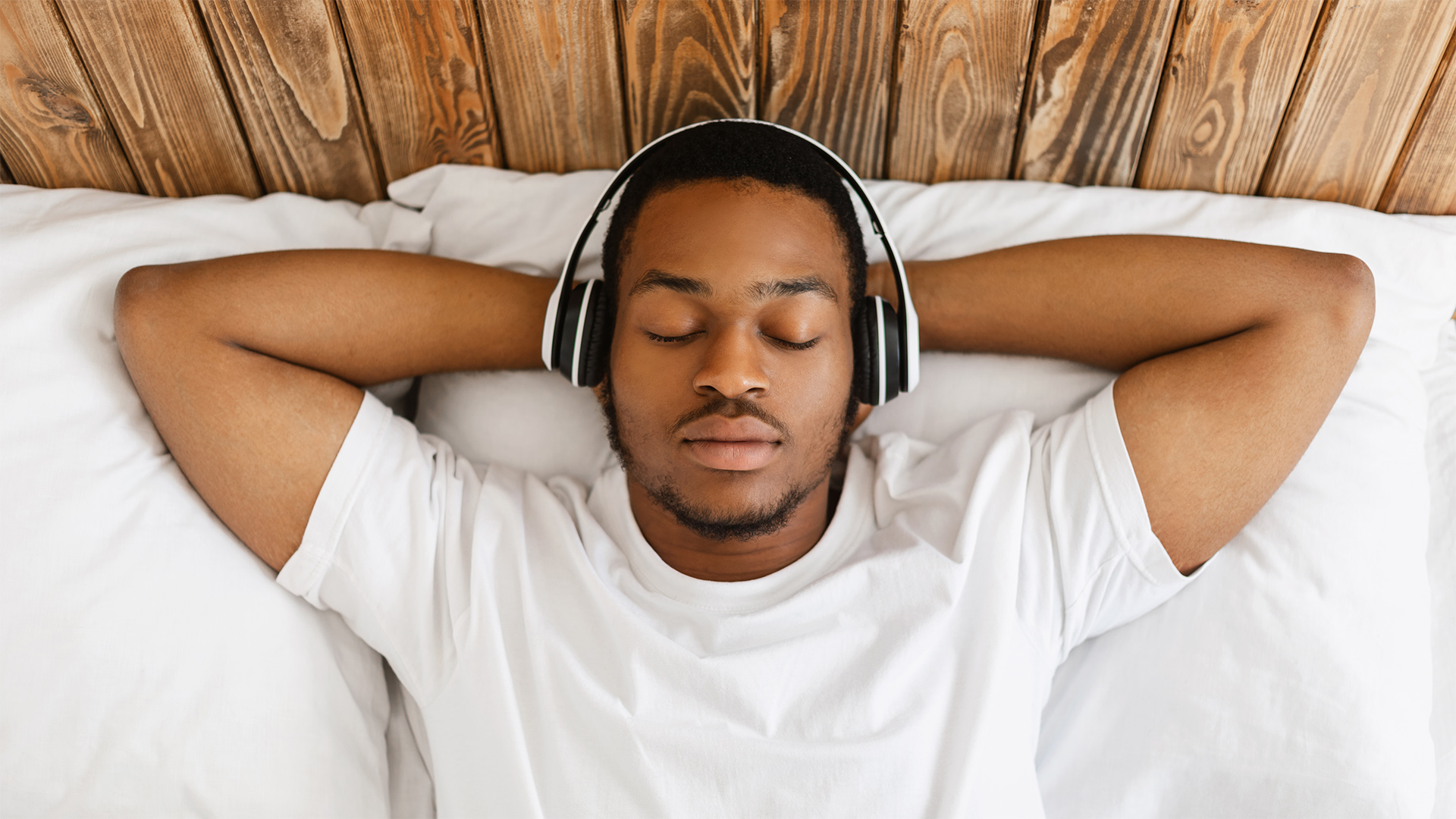
The background buzz of white noise is used by many to block out distracting sounds, but might another type of noise help you fall asleep faster? Research suggests pink noise might be the colorful secret to better sleep.
So what is pink noise? Like white noise, pink noise contains all sounds from the frequency spectrum. But unlike white noise, pink noise increases the intensity of lower frequency sounds, for a softer, gentler effect.
Creating a soothing environment is essential to achieving consistently good sleep, from finding the best mattress for your sleep needs to picking the perfect temperature. To find out more about pink noise, we asked experts what it is and how to use it to help you sleep...
What is pink noise for sleep?
Pink noise describes a sound that, while featuring tones across frequencies, places the focus and intensity on the lower end of the spectrum.
"Pink noise is very similar to white noise; it still plays all the frequencies on the spectrum at the same time, but the intensity (loudness) of these frequencies is distributed differently," explains Bogdan Bratis, audio specialist and founder of Saspod. "Instead of all frequencies being played equally, the intensity of a frequency is lower the higher the frequency is."
Essentially, pink noise delivers the same background 'hum' of white noise, but the overall sound is lower.
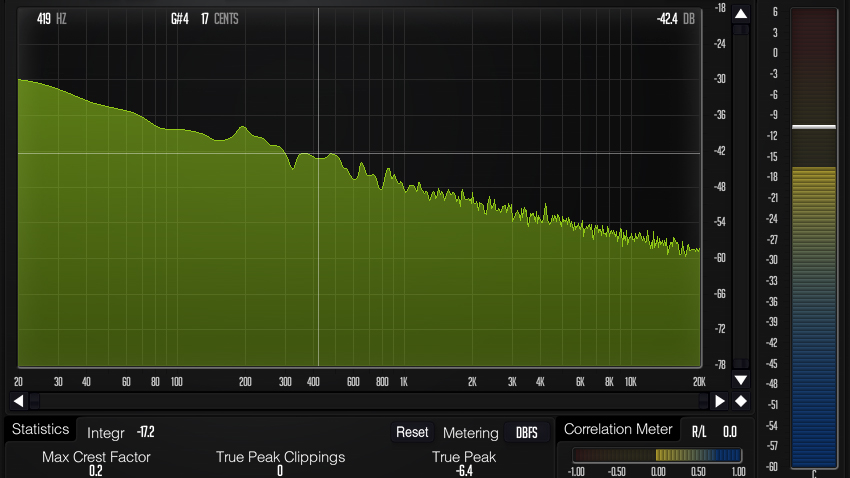
While this might not seem like a major difference, Bratis explains the intensity of lower frequencies influences how we perceive pink noise. "[It's] more pleasant to listen to because the higher frequencies are lower in intensity, providing a calmer experience."
Get instant access to breaking news, the hottest reviews, great deals and helpful tips.
In addition, softening the higher frequencies to a lower intensity means we often associate pink noise with the soothing sounds of nature.
"It feels softer and more natural," describes Dr. Leah Kaylor, sleep specialist and psychologist, "like rainfall, wind, or waves."
Dr. Hamid Djalilian, Chief Medical Director at NeuroMed Tinnitus Clinic, explains that pink noise encourages "slow-wave activity in the brain", which is associated with deeper, better sleep. "It also helps with sleep onset issues, when the mind stays too active when there's total silence in the bedroom."
What is white noise for sleep?
While white noise is a term that can be used to describe irritating conversations you'd rather just ignore, it actually refers to sounds made up of a blend of frequencies.
"White noise is the sound generated by each frequency from 20 Hz to 20 kHz played at the same time at equal intensities (loudness)," explains Bratis. "For example, an untuned radio will play white noise when no channel is selected."
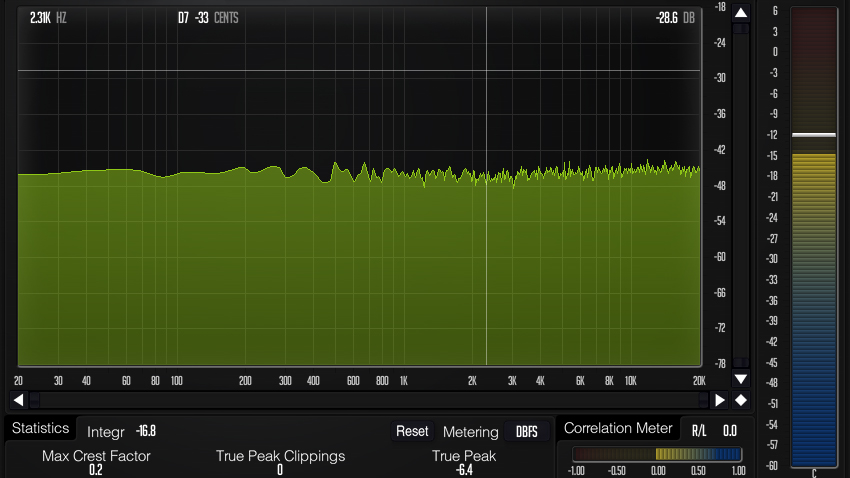
When these frequencies mix together it creates a steady wall of noise that can effectively mask disruptive sounds, even if they're loud or infrequent. For that reason, many people use the 'blocking' effect of white noise to aid concentration.
But this mixture of frequencies isn't always gentle on the ear.
"White noise tends to sound harsher and unpleasant," explains Bratis.
However, if you're trying to sleep in a disruptive environment, white noise can still have its benefits. Beyond white noise machines, you can create white noise in your own home using objects such as fans and vacuum cleaners.
Is pink noise more effective for sleep than white noise?
While both pink and white noise do have some benefits in aiding sleep, the gentler tones of pink noise can be better for your rest.
"In terms of overall suitability as a sleep aid, pink noise tends to win out. It’s simply more soothing to most people’s ears," explains Dr. Djalilian, citing a systematic review of audio stimulation and sleep.
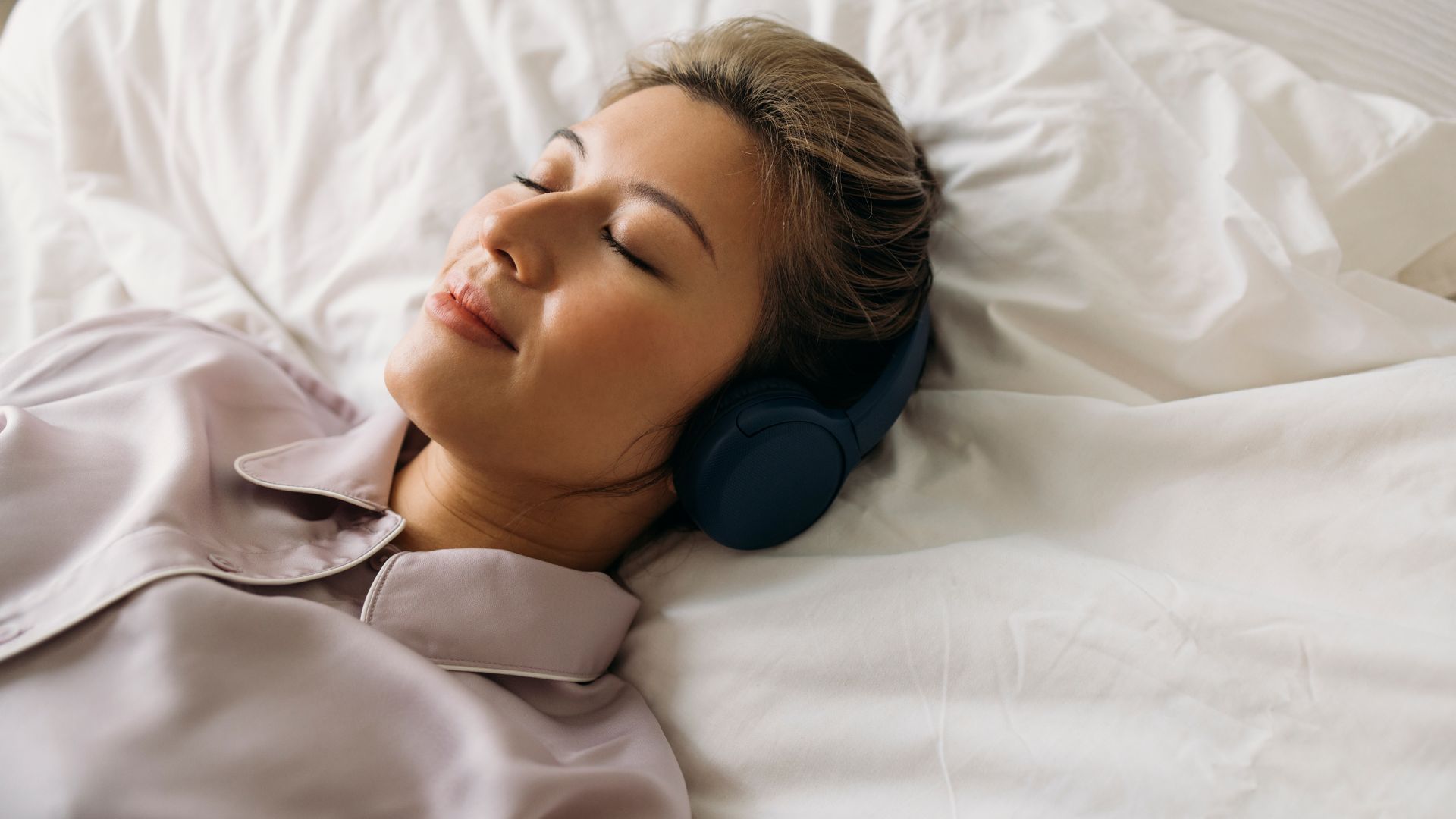
"Both white noise and pink noise block external sounds and can help us be less distracted. However, white noise can keep us alert, while pink noise can have the opposite effect, putting us to sleep," elaborates Bratis.
Dr. Kaylor has similar advice. "Choose pink noise over white noise if you want something more calming, natural, and easier on the ears — especially if you're sensitive to sound or easily startled," she advises.
When to use pink noise for sleep
The gentle tones of pink noise can help those who find drifting off eludes them, particularly if it's a busy brain keeping you awake.
"Most people struggle with falling asleep. For that, pink noise is often a great choice. It’s gentle, non-distracting, and tends to blend into the background." explains Dr. Djalilian.
Dr. Kaylor also recommends pink noise for those who struggle to stay asleep. "It helps by blocking out background noises, calming the brain and body, boosting deep sleep by syncing with your brainwaves," she describes.
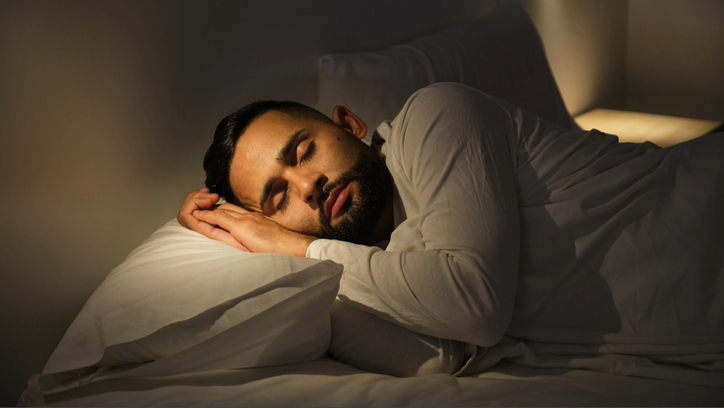
As well as quieting racing thoughts, the background hum of pink noise can be used to block out distracting noises, such as cars and conversations. And it can even help if the noise is coming from your own ears.
"People with tinnitus especially benefit [from pink noise], since the ringing in their ears feels louder at night when everything else is quiet," says Dr. Djalilian. "Pink noise helps by filling in that silence without being sharp or irritating."
When to use white noise for sleep
White noise can still be used to help you sleep, although Dr. Djalilian primarily recommends it for those trying to block out loud noises. "It's more intense and better at masking environmental sounds," he explains.
This is because, while pink noise fades into the background, the higher frequencies of white noise can keep the brain alert. Great for concentration, not so good for sleep.

"Human ears are particularly sensitive in the mid-to-high frequency spectrum, ranging from 1 kHz to 15 kHz," explains Bratis. "The human ear evolved this way because being sensitive to higher-frequency sounds helps our species in survival. For example, the crying of a baby is present in that exact part of the frequency spectrum, making us hear them and stay alert."
So if you've ever struggled to sleep to white noise, this could explain why; the human brain has spent a millennia training itself to look out for those sounds.
How to use pink noise for sleep
Pink noise is an accessible sleep hack — if you have a phone, you can give it a go — but as with many sleep tips, it might take some trial and error to find what works for you.
Dr. Kaylor recommends listening to pink noise; "right before bed, as you are falling asleep, with a sleep timer (20 minutes.)"
If you're thinking of adding pink noise to your bedtime routine, here are our tips to get started:
- Find a sound you like: You can find playlists of pink noise on YouTube, Spotify, and mediation apps... give them a spin and see which noise is most appealing to your ears.
- Alter the volume: Too loud and you might find pink noise disruptive, too quiet and you might strain to even hear it. Have a play with the volume button until you find the level you can drift off to.
- Incorporate it into your evening routine: If a busy brain is keeping you from falling asleep, try adding pink noise to your pre-bed routine. Dr. Kaylor suggests listening to pink noise can help "if you have trouble relaxing."
- Check for ads: Give your chosen sound a quick play through while awake to make sure there are no pesky ads to surprise you during the night.
- Press play: The calming effect of pink noise can help soothe you to sleep and it's particularly useful for those who live in noisy areas, blocking out background sounds.
Dr. Djalilian does offer a note of caution for those using pink noise overnight. "Consider setting it on a timer," he advises. "A 2022 study found that leaving pink noise on all night might interfere with some of the brain activity involved in creativity and problem-solving. Using a timer avoids this while still giving you most of the sleep benefits of pink noise."
What about green and brown noise?
If you like pink noise but it doesn't hit quite right, you might prefer some other noise colors.
Like pink noise, brown noise focus on the lower end of the frequency spectrum, while green noise for sleep focuses on the mid-range, both of which create a background hum similar to nature soothing sounds.
But it's a case of experimentation when finding the relaxing sleep sound for you. It might be the drone of a vacuum cleaner, the babbling of a brook or you might even sleep best with the total silence afforded by a pair of earplugs for sleep.

Ruth is an experienced Senior Staff writer at Tom’s Guide, covering all things sleep and mattresses. She writes to help people sleep better, from how-tos to the latest deals to mattress reviews, and has interviewed an array of experts who share her passion. She is also our specialist on memory foam — she’s flown around the world to see memory foam being made — and leads our hotel mattress content. She has a deep interest in the link between sleep and health, and has tried enough mattresses, from Helix to Nectar to Simba, to know the right bed really can make a difference to your wellbeing. Before joining the team at Tom’s Guide, Ruth worked as a sleep and mattress writer for our sister website, TechRadar.
You must confirm your public display name before commenting
Please logout and then login again, you will then be prompted to enter your display name.
